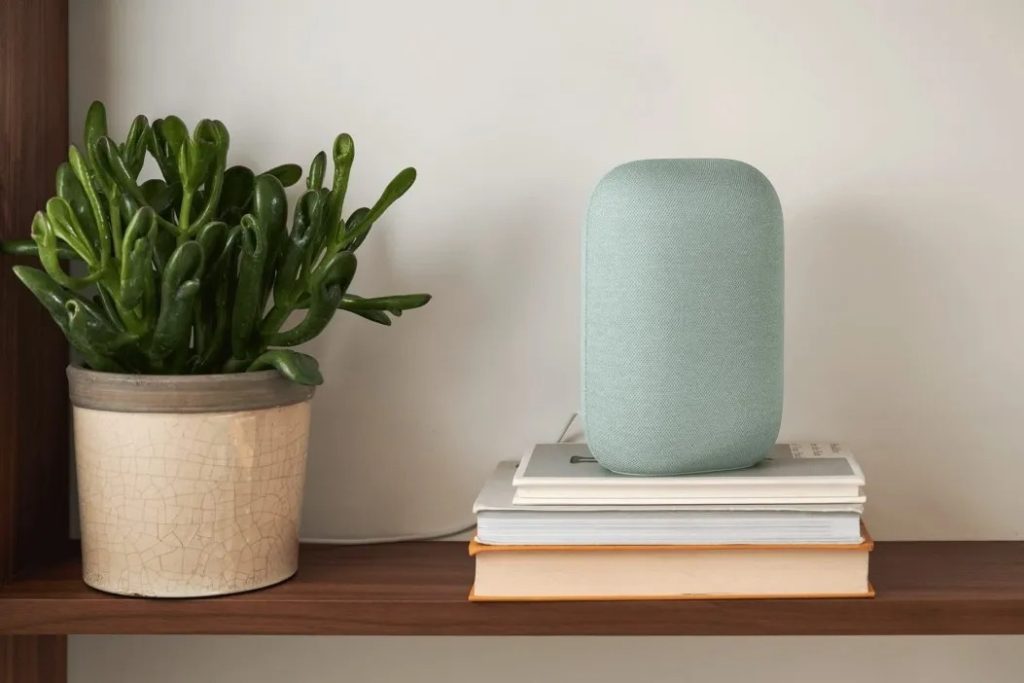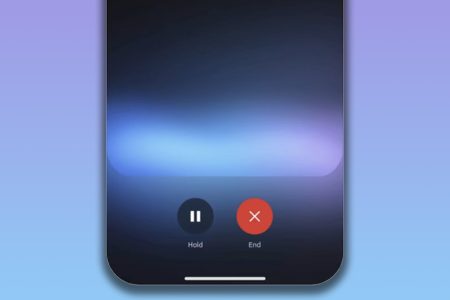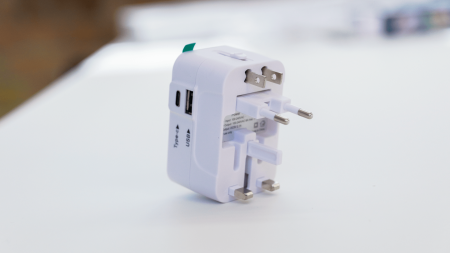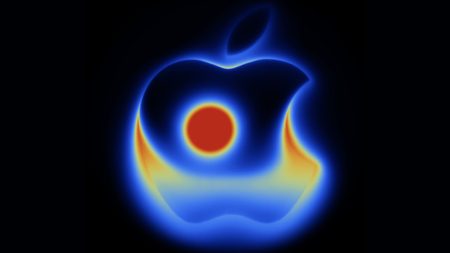The dawn of 2025 brought with it an unexpected silence for many Google Home and Nest users, as their smart devices seemingly lost the ability to answer basic questions like “What time is it?” or provide weather updates. Starting around December 30, 2024, online forums and social media platforms began buzzing with complaints from frustrated users who found their voice-activated assistants unresponsive. The issue appeared widespread, affecting both Google Home speakers and Nest displays, rendering these popular smart home gadgets effectively useless for many. The normally responsive devices, designed to seamlessly integrate into daily life, were suddenly ignoring commands, leaving users feeling abandoned by their technology and venting their frustration online.
Reports of the malfunctioning devices painted a picture of widespread disruption. Users recounted their attempts to troubleshoot the issue, from factory resets to contacting Google support, often to no avail. One user, who experienced similar issues with a Google Mini just 32 days after purchase, expressed their disillusionment on social media, vowing to switch to competitor products due to the repeated failures. This sentiment resonated with others who shared similar experiences, highlighting a growing concern about the reliability and longevity of Google’s smart home offerings. The abrupt silence of these devices disrupted routines and highlighted the dependence many users have developed on these technologies for everyday tasks.
The scope of the issue became increasingly apparent as more users reported the same problem. One user noted that all their Nest speakers simultaneously stopped responding to simple queries like “What time is it?” while still acknowledging the wake-up command “Hey Google.” This pointed towards a systemic problem rather than isolated device malfunctions. Within days, the issue gained traction online, with numerous users confirming the same behavior and online forums tagging the problem as “trending.” The widespread nature of the issue suggested a software glitch or server-side problem affecting a large number of devices simultaneously.
The sudden disruption in service underscored the vulnerability of smart home ecosystems to software bugs and server issues. Users, accustomed to the seamless integration and responsiveness of their smart devices, were left grappling with the inconvenience of silent assistants. This incident highlighted the potential for disruption when reliance is placed on cloud-connected devices, as a single point of failure can impact a large user base. The incident served as a reminder of the importance of robust software testing and reliable server infrastructure for maintaining the functionality and user experience of smart home technologies.
Google acknowledged the issue and worked to resolve the problem that caused the Home and Nest devices to become unresponsive to certain voice commands. While the company confirmed that functionality had been restored, the root cause of the problem remained under investigation. Initial reports suggested that the voice assistant might have been hanging up when asked for information already displayed on the screen, such as the time or weather. However, this theory has not been confirmed. The swift response and resolution by Google mitigated the disruption but left users wondering about the underlying cause and the potential for future occurrences.
The incident sparked a wave of negative publicity for Google and raised concerns about the reliability of its smart home ecosystem. Users expressed frustration and disappointment, with some threatening to switch to competing platforms. The incident served as a reminder that even the most sophisticated technology can be susceptible to unforeseen glitches, potentially impacting user trust and brand loyalty. While Google’s quick response in resolving the issue helped mitigate the fallout, the incident highlighted the need for continuous improvement in software development and testing to ensure the reliability and seamless functionality that users expect from their smart home devices.











